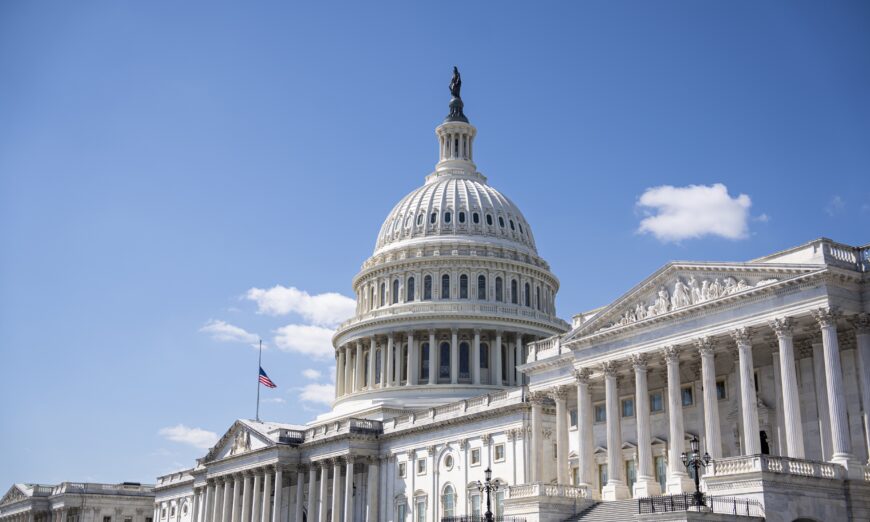‘Objective’ Journalism is often Selective.
The coverage of the recent Pentagon Leak highlights the selective nature of objective journalism. In this article, we explore the media’s double standard and its implications for journalism.
The media’s portrayal of the Pentagon Leak is a prime example of how journalists can selectively cover stories. While this story received widespread coverage, other news, such as the fate of the abortion pill Mifepristone, remain underreported. This kind of selective journalism not only reflects a bias but also raises questions about the nature of objective journalism.
Journalists aim to be objective in their reporting by presenting facts and avoiding personal opinions. However, even the most well-intentioned journalists are often influenced by their own beliefs and the interests of their publications. No story is truly objective because not all facts can be included, and even something as simple as what headline to use can change how the story is perceived.
Moreover, journalists working for different outlets can cover the same story from vastly different perspectives. This discrepancy can be due to the outlet’s political leaning or the preferences of their target audience. The latter reason can create a vicious cycle, where news outlets cater their coverage to their audience’s preferences, which further reinforces those preferences.
The media’s selective coverage can also result from the overwhelming amount of news that is rapidly produced in the digital age. News agencies have to make quick decisions about what story to cover and how to cover it, leading to a bias towards popular topics rather than important, but less enticing, stories.
Another factor that influences the media’s coverage is the pressure to generate revenue. News outlets often rely on ad sales to stay afloat, which can lead them to prioritize stories that generate more clicks, likes, and shares. This pressure to produce sensational or controversial stories can sometimes conflict with the objective reporting of facts.
The media’s double standard in objective journalism is harmful because it reinforces biases and influences public perception. By selectively covering stories, journalists shape the narrative, which can lead to a distorted view of current events. This, in turn, can impact public opinion and policy decisions.
Despite the challenges, it is possible to achieve a more objective form of journalism. One way is to promote diversity in newsrooms. A variety of perspectives and experiences among journalists can lead to a more well-rounded and inclusive coverage. It is also important for news outlets to encourage critical thinking amongst their readers, by providing context and analysis along with the facts.
In conclusion, objective journalism is often selective, and the media’s double standard in covering stories is a reflection of this. While achieving complete objectivity is impossible, it is vital for journalists and news outlets to strive to be as fair and accurate as possible in their reporting, and to do so without letting biases influence their work.
" Conservative News Daily does not always share or support the views and opinions expressed here; they are just those of the writer."




